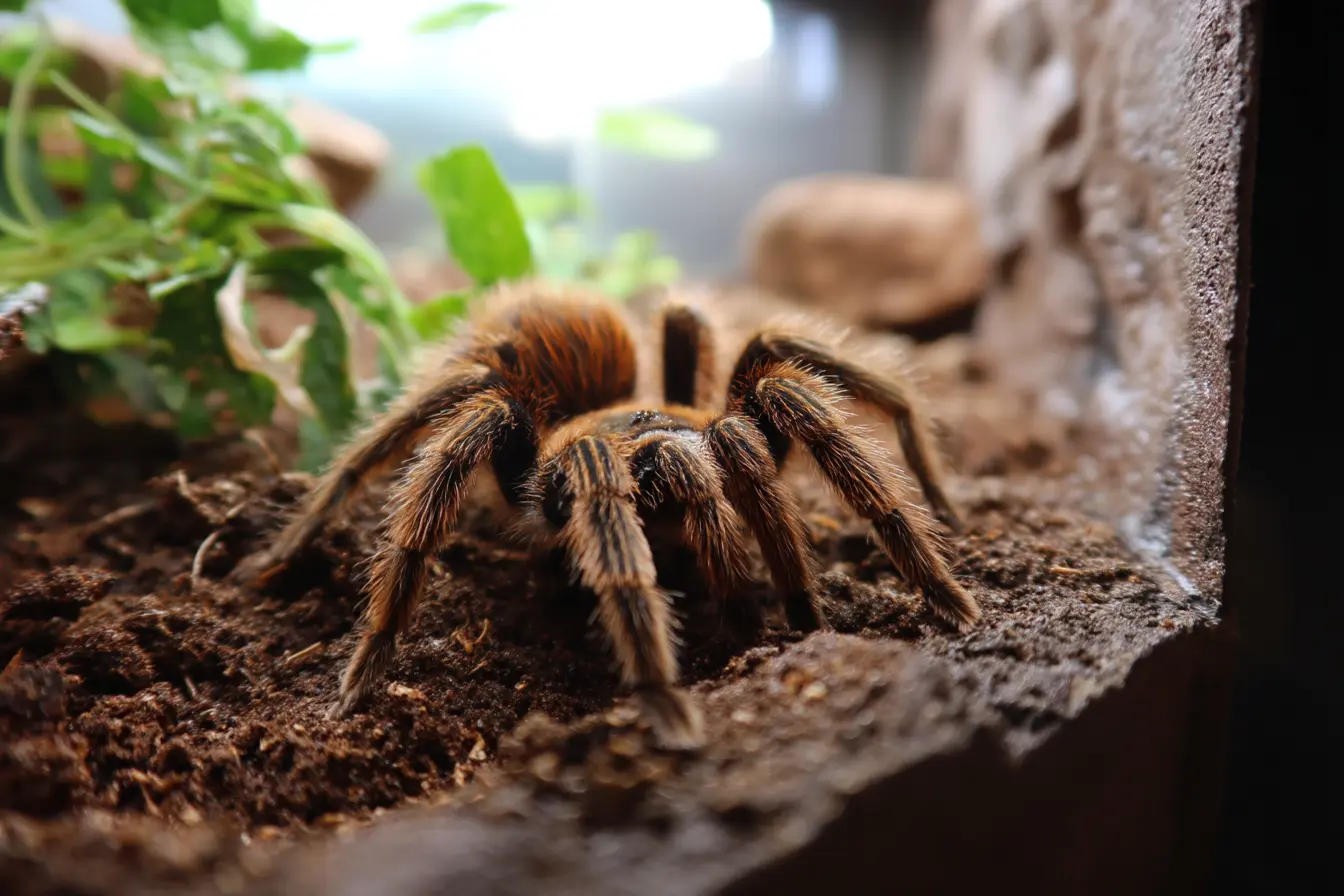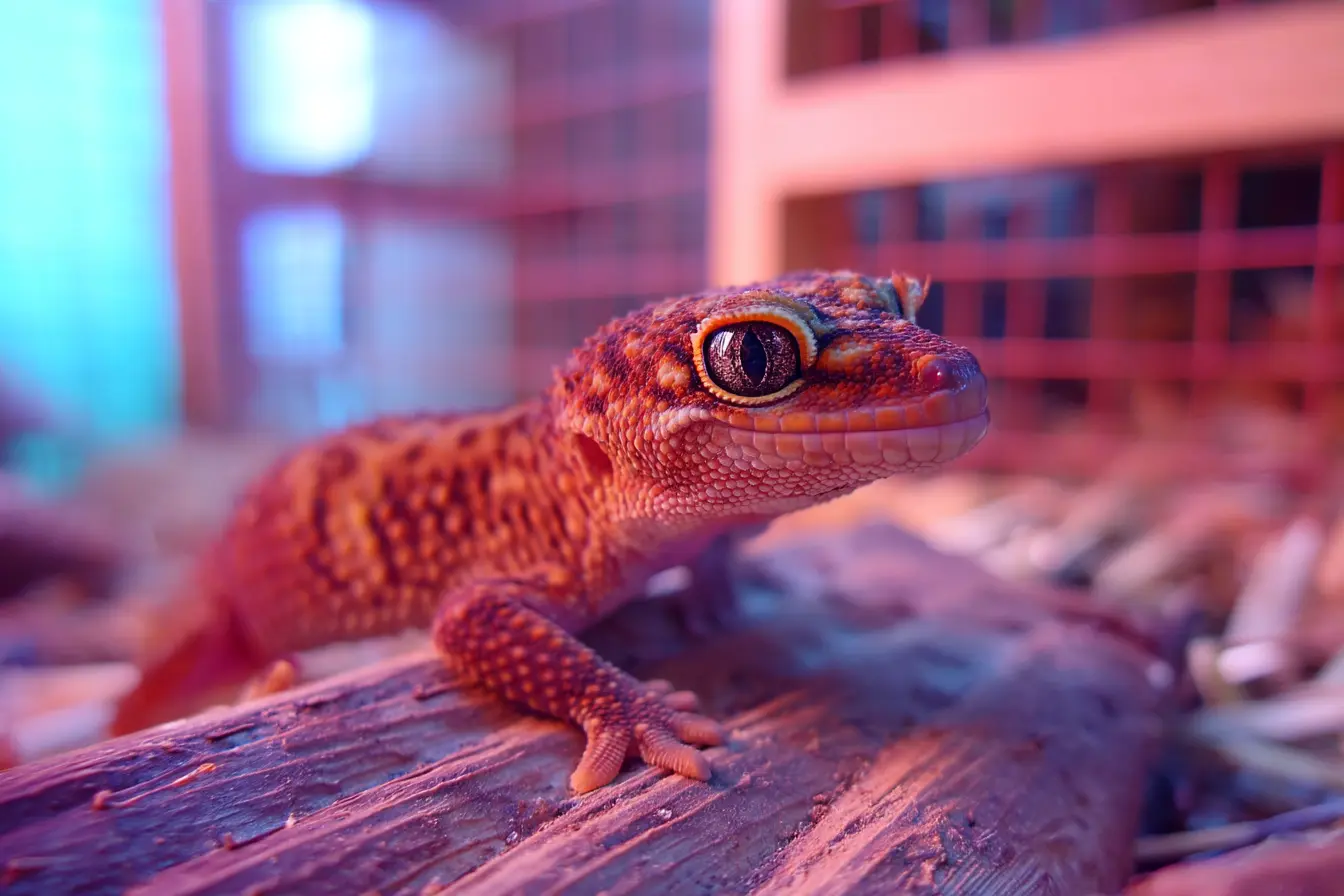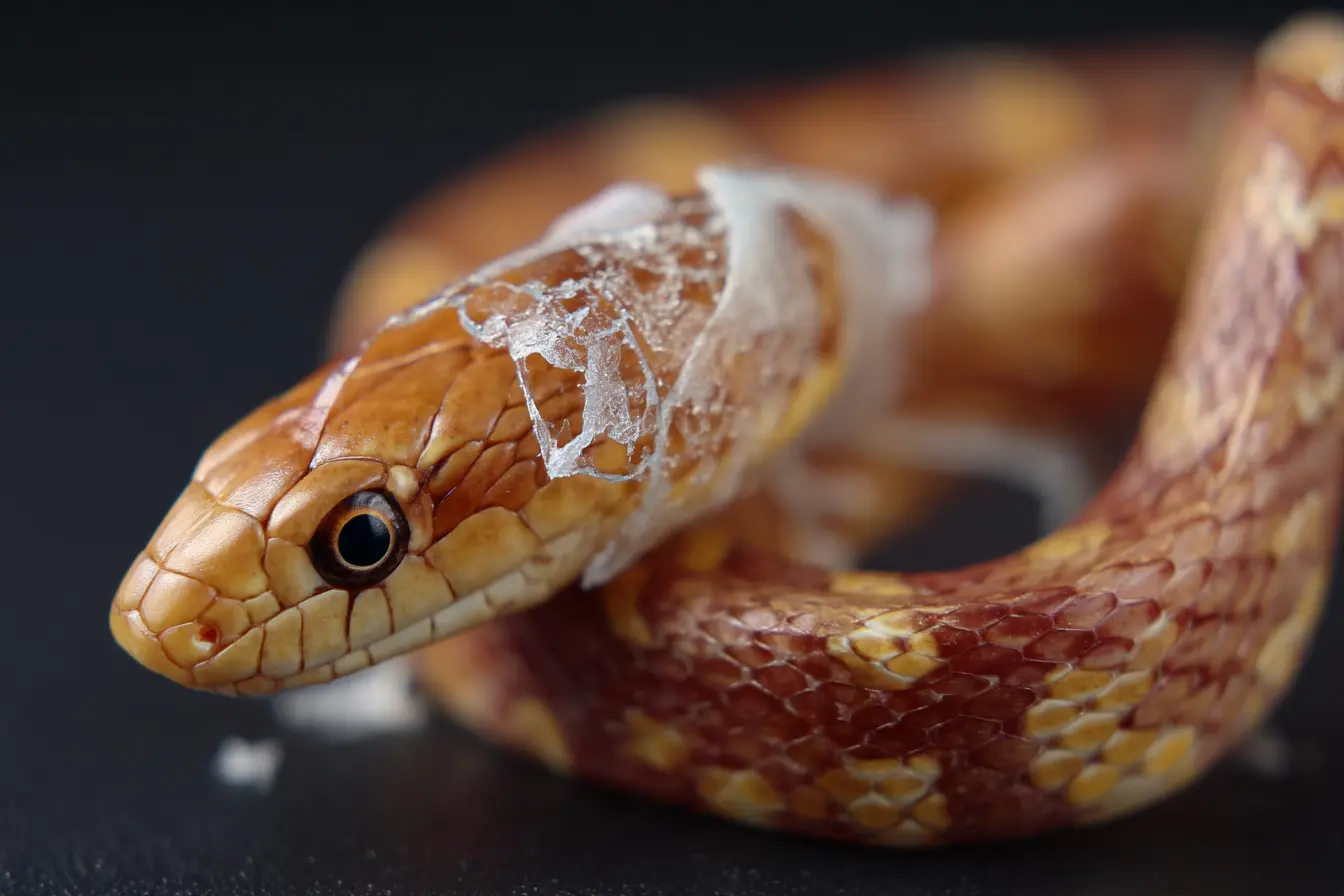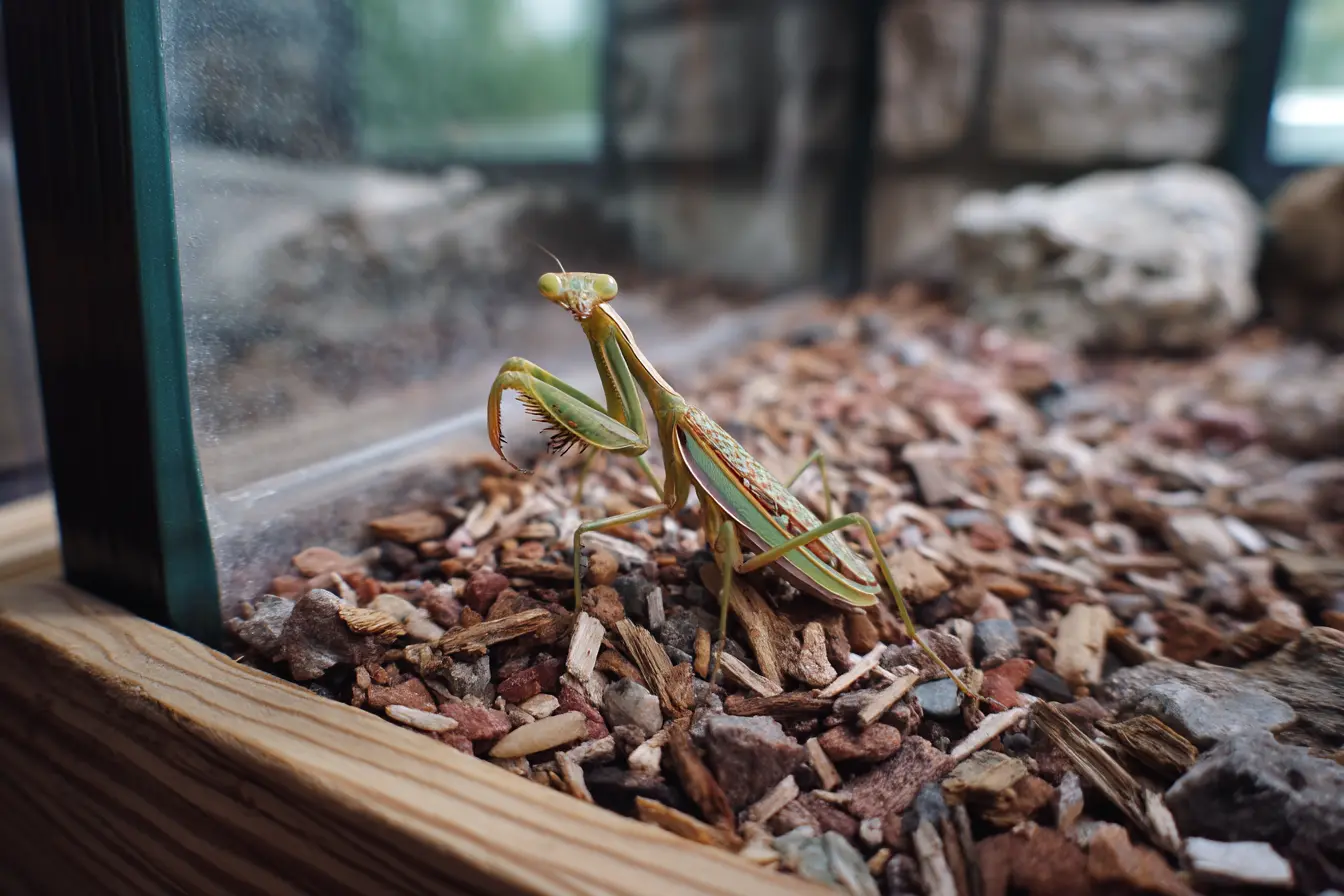
A Beginner's Guide to Feeding Your Pet Tarantula
Tarantulas make fascinating and low-maintenance pets, but ensuring their dietary needs are met is crucial for their health and longevity. If you’re new to keeping a tarantula, understanding what, when, and how to feed them can seem daunting. This detailed guide will provide you with everything you need to know about feeding your pet tarantula.
Understanding Your Tarantula’s Diet
Tarantulas are carnivorous predators, primarily feeding on live prey. Their diet consists of insects and occasionally small vertebrates. Key food items include:
- Crickets: A staple food for most tarantulas.
- Mealworms and Superworms: Nutritious and easy to store, but these should be fed sparingly due to their high fat content.
- Roaches: Dubia and other small roach species are excellent, nutrient-rich options.
- Locusts and Grasshoppers: Another great source of protein.
- Waxworms: High in fat, so only offer these occasionally as treats.
Some larger tarantulas, such as the Goliath birdeater, may eat pinkie mice or small amphibians. However, feeding vertebrates is generally unnecessary for most species and can create mess and stress for your tarantula.
Choosing the Right Prey Size
The prey you offer should be smaller than or equal to the size of your tarantula’s abdomen. Prey that is too large can overwhelm or injure your tarantula.
Feeding Schedule
The feeding frequency of your tarantula depends on its age and species:
- Spiderlings: Feed every 2-3 days. Use appropriately small prey like pinhead crickets or fruit flies.
- Juveniles: Feed every 4-7 days with prey such as small crickets or roaches.
- Adults: Feed every 1-2 weeks. Larger prey like full-sized crickets or small roaches are ideal.
Tarantulas are opportunistic feeders, meaning they don’t need to eat regularly and can go weeks or even months without food, especially during moulting periods. Always remove uneaten prey after 24 hours to avoid stress or injury to your tarantula.
Feeding Tips and Techniques
Offer Live Prey
Tarantulas are natural hunters and rely on movement to trigger their feeding response. Always provide live prey, but ensure it is healthy and free from pesticides.
Use Feeding Tongs
Feeding tongs are a safe and effective way to place prey directly into the tarantula’s enclosure without risk to you or your pet.
Monitor Feeding Behaviour
Watch your tarantula while it hunts to ensure it captures and eats the prey. If it doesn’t show interest, remove the prey and try again later.
Provide Fresh Water
Place a shallow water dish in the enclosure to ensure your tarantula stays hydrated. Keep the dish clean and refill it regularly.
Feeding During Moulting
Tarantulas are vulnerable during moulting and should not be disturbed. They will typically stop eating days or weeks before moulting begins. Signs of moulting include:
- Decreased activity
- Refusal to eat
- Dull or darkened exoskeleton
Never leave live prey in the enclosure during moulting, as it could harm the defenceless tarantula. Wait until the moult is complete and the new exoskeleton has hardened (usually 1-2 weeks) before resuming feeding.
Common Feeding Mistakes to Avoid
- Overfeeding: This can lead to obesity and shorten your tarantula’s lifespan. Stick to the recommended feeding schedule.
- Underfeeding: While tarantulas can go long periods without food, prolonged starvation weakens their health. Monitor their body condition.
- Feeding Dangerous Prey: Avoid wild-caught insects, as they may carry pesticides or parasites. Never feed prey that is too large or aggressive, like certain beetles or large hornworms.
- Ignoring Feeding Cues: If your tarantula refuses food consistently, check for signs of moulting or illness.
Monitoring Your Tarantula’s Health
A healthy tarantula will have a plump abdomen and exhibit normal behaviour. If your tarantula’s abdomen appears shrunken or they seem lethargic, they may not be eating enough. Conversely, an excessively swollen abdomen could indicate overfeeding.
Conclusion
Feeding your tarantula is a straightforward but essential part of their care. By offering the right prey, following a proper feeding schedule, and paying attention to their needs, you can ensure your tarantula remains healthy and happy. Always observe your pet closely, and don’t hesitate to seek advice from an experienced keeper or exotic pet vet if you encounter any issues.
With the right care, your tarantula will thrive and provide you with years of fascination and enjoyment.
Vets near you
Speciality vets
- Aquatics vet specialists
- Birds vet specialists
- Camelids vet specialists
- Cats vet specialists
- Cattle vet specialists
- Deer vet specialists
- Dogs vet specialists
- Equines vet specialists
- Exotic vet specialists
- Goats vet specialists
- Pigs vet specialists
- Poultry vet specialists
- Sheep vet specialists
- Small Mammals vet specialists
- Wild vet specialists








